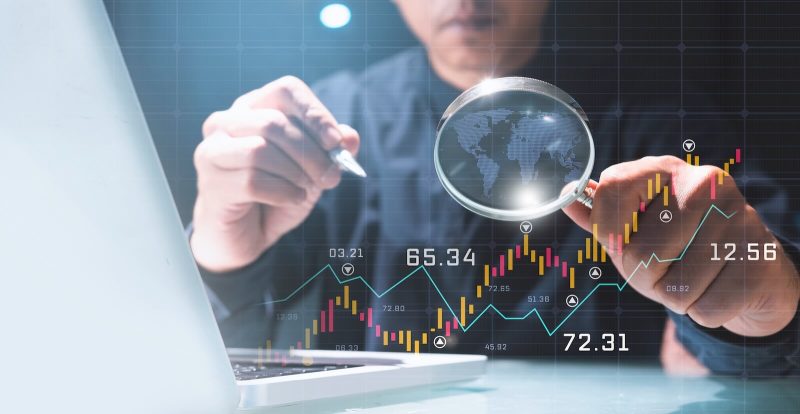The S&P 500 rally has exhibited a surprising turn of events in the recent past, disregarding expert predictions and demonstrating resistance against an array of economic implications. From emergency rate cuts and an ongoing global pandemic to oil price wars, the verdict presented by the prediction models and expert forecasts is far away from what the actual outcome has been. Analysts proposed a bearish scenario, but it seems the S&P 500 is determined to swim against the tide.
Understanding the Underlying Factors
An essential factor propelling the S&P 500 Rally appears to be the unprecedented response from the Federal Reserve and other central banks worldwide. The emergency rate cuts and Quantitative Easing (QE) measures have sent a strong signal to the market, which seems to have boosted investor sentiment pushing up indexes such as the S&P 500.
These monetary policy measures aim to enhance liquidity within the global financial system. More so, it has brought about cheaper borrowing costs, leading to increased buying of stocks, which drives up market indexes. The ongoing bond-buying program by the Federal Reserve has fostered substantial confidence among market participants who are now more compelled to engage in seeking higher yield investments like equities.
The Dire Disconnect
The S&P 500 Rally is creating a significant disjunction between the financial markets and the real economy. While the stock market seems to be flourishing, economic indicators such as unemployment rates, consumption decline, and reduced trade are painting a depressing picture. The high unemployment rate, a consequence of the pandemic’s economic fallout, is not reflected in the rallying S&P 500. What we see here is a market unnaturally disconnected from the real economy, influenced by extraordinary external factors instead of the inherent economic mechanisms.
Is the S&P 500 Rally sustainable?
Experts have raised eyebrows about the sustainability of the ongoing S&P 500 rally. The stock market cannot infinitely remain insulated from the underlying economic realities. A sharp economic contraction caused by the COVID-19 crisis will eventually manifest in the corporate earnings, which are fundamentally the major drivers of stock prices. With the 2020 Q2 earnings expected to decline notably, experts are questioning the basis of the rising S&P 500.
Moreover, the monetary policy mechanisms empowering the current rally might not have a limitless effect. For instance, the low-interest rate initiated by the Federal Reserve and other central banks can only drive the stock market up to a certain point before other factors, such as corporate earnings, recovery of consumer demand, and stabilization of global supply chains, come into play.
Navigating the Uncertainty
In view of the extraordinary nature of the S&P 500 rally and the degree of uncertainty in both the global economy and the pandemic progress, cautious investment appears to be a wise move. It would be prudent for investors to maintain a diversified portfolio and to pay attention to market indicators, corporate earnings reports, and global economic updates.
The S&P 500 Rally indeed presents a baffling puzzle for financial analysts. Still, it allows a broader understanding of how unorthodox monetary policy tools can affect market behavior, particularly during times of economic predicament. While surprises and uncertainties continue to bedevil the world economy, investors, along with the experts, are left grappling with this unusual defiance of the S&P 500 Rally against economic threats.




